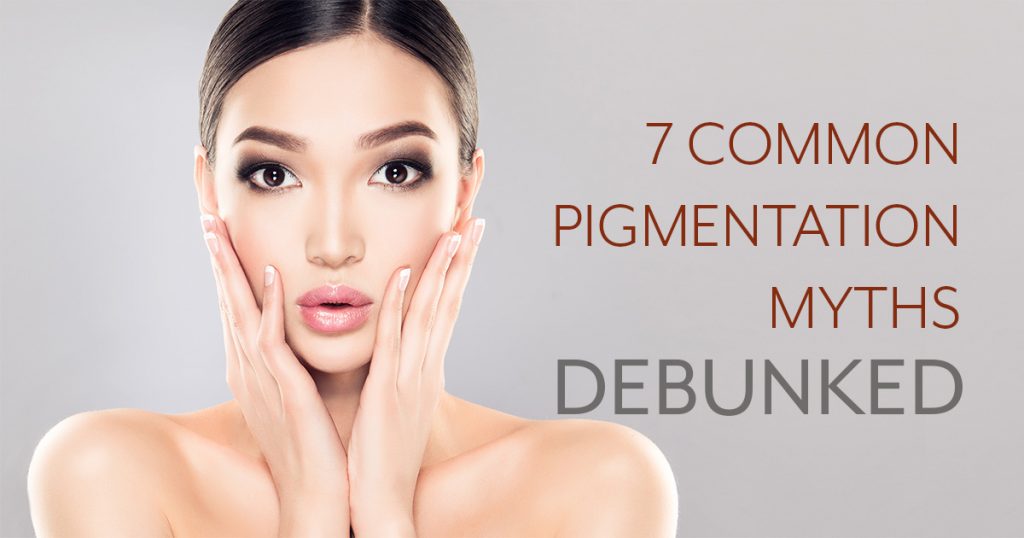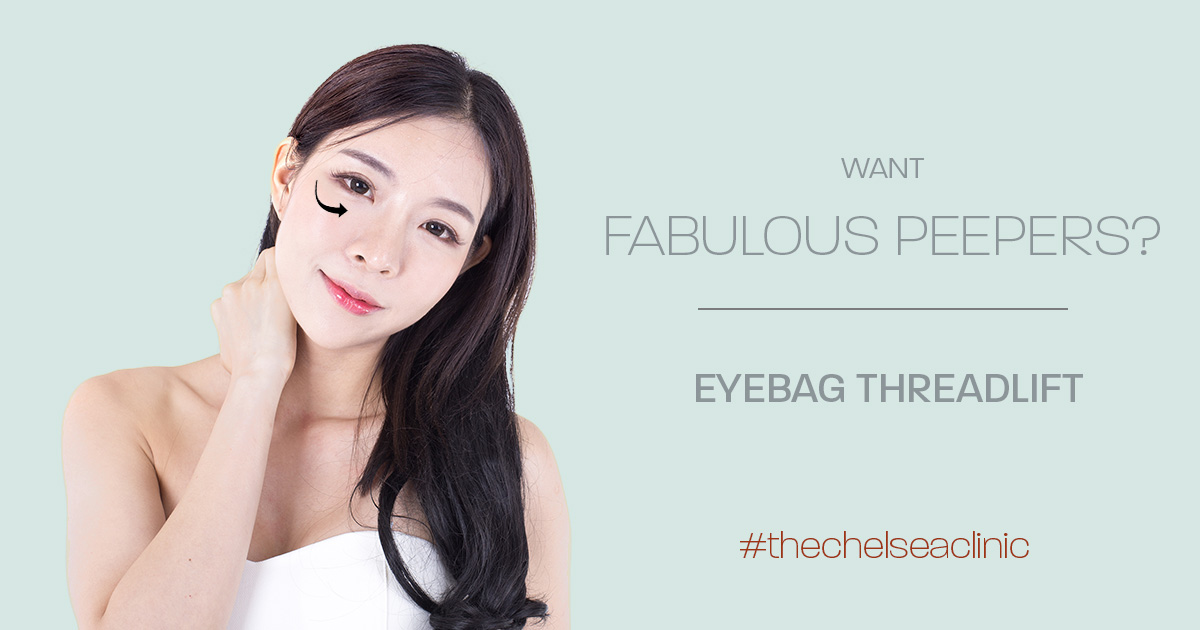Pigmentation means colouring and is caused by melanocytes (pigment-producing skin cells). Excessive exposure to UV rays or hormonal changes can trigger these damaged melanocytes to produce more melanin. As the cells are located deep within our skin, regular exfoliation cannot remove them. Some pigmentation disorders can affect patches of skin and some, the entire body. To help you manage these spots, The Chelsea Clinic debunks certain myths and old wives’ tales on pigmentations.
MYTH 1: Any dark spots corrected and improved or skin tone brightened will stay that way.
NAH: It depends on the individual. UV rays are often main catalyst for any forms of hyper pigmentation. A preventive measure would be to never to skip your sunscreen step.
MYTH 2: Using loofahs, body scrubs or even pumice stone can gradually remove skin nevenness or pigmentation.
NAH: While gentle use of such devices can exfoliate dead skin cells, they can also stimulate local circulation and hence, producing a glow and keep the skin soft and supple. However, when the rub is vigorous, it can result in scarring, abrasion and a higher risk of pigmentation.
MYTH 3: Acne scars can be fully eliminated with lightening products.
NAH: There is a difference between scarring and hyper pigmentation. Scarring are changes in the texture of the skin, in the form of pits. Hyperpigmentation, on the other hand refers to a coloured mark of hyper pigmentation brought on by an injury or skin condition. While lightening products can significantly lighten dark spots, the rough or pitted texture of these scars require proper home care and clinical treatments.
MYTH 4: Sunscreen application is essential only for those spending hours in the sun and not important for those who are normally indoors.
NAH: Ultraviolet rays can still penetrate through the window, whether you’re in the office or in the plane (where you are much closer to the sun). Also with the increasing pollution level and ozone depletion, sun induced skin changes will be acute and cumulative. Prevention is always better than cure!
MYTH 5: Vitiligo is always inheritable from parents to their children.
NAH: Although one-third of the vitiligo patients have such family history, the exact cause is unknown. The passing of genes is variable and dependant on different factors like stress and immune system changes.
MYTH 6: Treatment of dark patches is often long, costly and ineffective.
NAH: Different patients react differently to the same treatment based on factors including: duration of the problem, medication and associated illnesses. Some may respond quickly, while some may not see improvements. Common procedures like chemical peels, lasers and microdermabrasion are recommended. One should always consult with a qualified doctor on the price and options available to make the treatment cost-effective.
MYTH 7: Melasma and other stubborn dark patches are not treatable.
NAH: Melasma might respond slowly and even recur due to hormones and stress but a fine-tuned combination of medication and clinical treatments under the guidance of a doctor can work in the long run.
How can The Chelsea Clinic help?
It’s always important to avoid unnecessary UVA/ UVB rays. Always apply a good broad spectrum sunscreen of at least SPF 30 regardless you are indoors or in the sun. The Chelsea Clinic offers customized pigmentation treatment and post-treatment quality care tailored to your needs and budget.
Our machines for pigmentation treatment include:




The Chelsea Clinic is one of the few clinics in Singapore which offer two different PICO laser machines with varying wavelengths for different shades.




